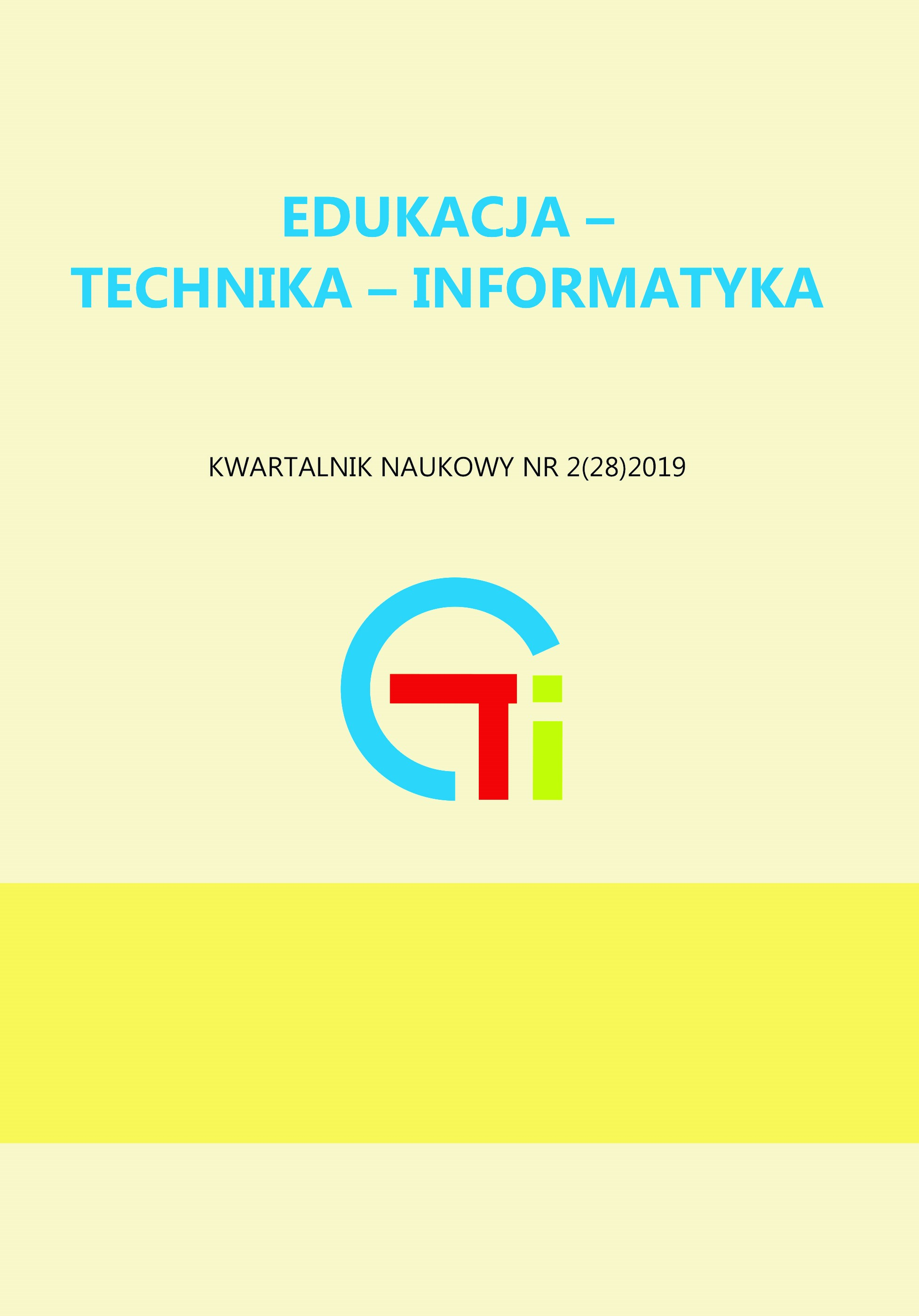Definiowanie siebie przez dziecko w procesie edukacji tożsamościowej
Defining Oneself by a Child in the Process of Identity Education
Author(s): Joanna JUSZCZYK-RYGAŁŁOSubject(s): Education
Published by: Wydawnictwo Oświatowe FOSZE
Keywords: cyberagresja; dziecko; edukacja; tożsamość; samodzielność; samostanowienie; child; education; identity; self-reliance; self-determination
Summary/Abstract: Celem artykułu jest ukazanie złożoności procesu formowania tożsamości człowieka w zmiennym środowisku społecznym. Tożsamość przedstawiono jako strukturę stratyfikacyjnych cech osobowych jednostki. Ostatecznie przybiera ona postać konstrukcji typu onion, w której kolejne warstwy charakteryzują się jednokierunkowym domknięciem – utrudniona jest ingerencja w utworzone wcześniej warstwy wewnętrzne i jednocześnie możliwe jest transponowanie z nich cech tożsamościowych do tworzonej nowej warstwy zewnętrznej. W osi czasowej takiego nadbudowywania tożsamości szczególnie wyróżnione jest dzieciństwo, w czasie którego w procesach poznawania siebie dziecko konstruuje koncepcję własnej tożsamości osobowej. W docelowej strukturze tożsamości jednostki jest to konstrukt zamknięty i stabilny, który jest trudny do późniejszej zmiany. Dlatego też ten okres formowania tożsamości powinien być wspierany poprzez świadome oddziaływanie socjalizacyjne – edukację tożsamościową pobudzającą do autorefleksji i prowadzącą do samostanowienia odnoszącego się do tworzenia własnego wizerunku dziecka. W ten sposób uzyskuje się gwarancję przygotowania młodego człowieka do radzenia sobie w dalszym życiu z wyzwaniami współczesnego świata.The purpose of this article is to present complexity of the process of human identity formation in changing social environment. Identity is presented as a structure of stratificational personal qualities. In the end, it has an onion-type form, where following layers are characterized by oneway closure – it is difficult to interfere in formerly created inner layers and simultaneously it is possible to transpose from them the identity features to a new outer layer that is created. In the timeline of such superstructure of identity, the childhood is particularly important, as the time when the child is creating a concept of own personal identity through cognitive processes. It is a close and stable construct in the target structure of individual identity, which is difficult to be changed subsequently. Therefore, this period of identity formation should be supported by conscious socializing influence – identity education that stimulates self-reflection and leads to self123 determination referring to creation of the child's self-image. In this way, it is guaranteed that the young people are prepared to deal with challenges of contemporary world in their further life.
Journal: Edukacja - Technika - Informatyka
- Issue Year: X/2019
- Issue No: 2
- Page Range: 122-127
- Page Count: 6
- Language: English, Polish

